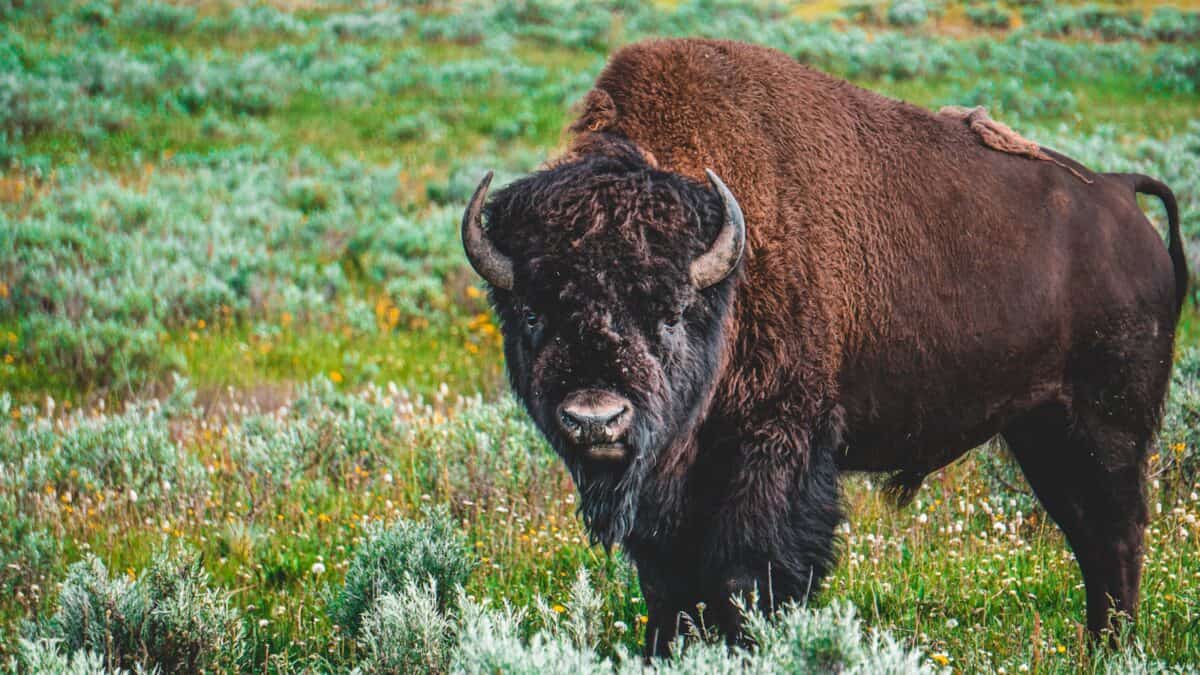For countless generations, the American bison (Bison bison) has held profound significance in the spiritual lives, cultural practices, and daily existence of Native American peoples. Far more than just a food source, the bison represented a sacred relationship between humans and the natural world, embodying divine connections and serving as a cornerstone of Indigenous worldviews across the Great Plains and beyond. This massive, majestic animal became intertwined with creation stories, ceremonial practices, and sustainable ways of living that reflected deep ecological wisdom. The spiritual bond between Native peoples and bison offers valuable insights into Indigenous perspectives on interconnectedness, respect for life, and harmonious coexistence with the natural environment—principles that remain vitally relevant in our contemporary world.
The Sacred Origins: Bison in Creation Stories

In many Native American cosmologies, the bison holds a central place in creation narratives. The Lakota people tell of White Buffalo Calf Woman, a sacred being who brought the sacred pipe and essential teachings to the people, promising to return one day in the form of a white buffalo calf—an extremely rare occurrence considered highly prophetic. For the Blackfeet, Buffalo Man taught humans how to conduct important ceremonies and ritual dances. The Kiowa speak of how a young man followed a buffalo into a mountain, discovering the tribe’s sacred Sun Dance lodge and bringing back crucial spiritual knowledge. These creation stories establish the bison not merely as an animal, but as a divine messenger and teacher, connecting human communities to spiritual wisdom and cosmic order through its very existence.
The Buffalo as Provider: Physical and Spiritual Sustenance
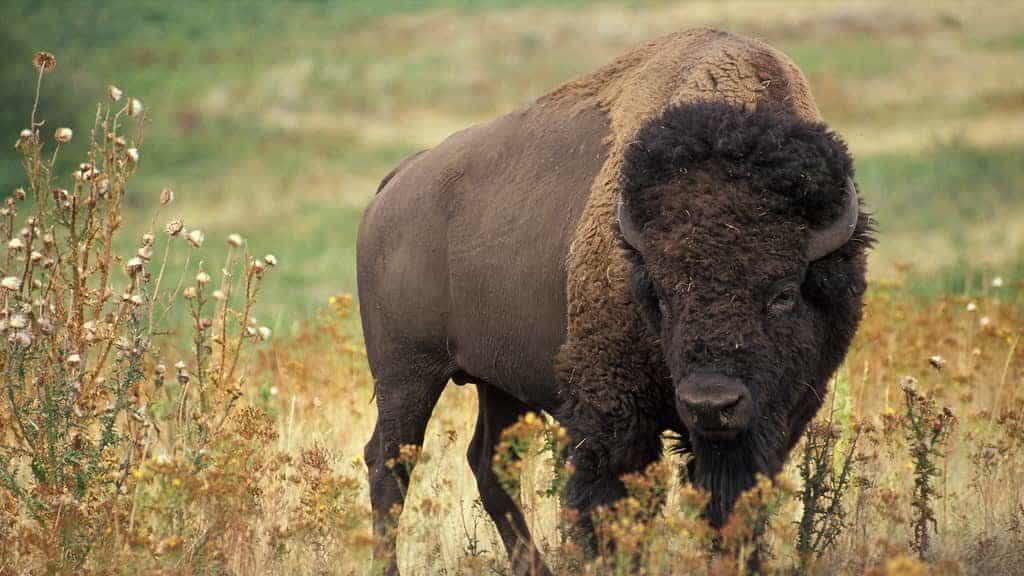
Native American communities recognized the bison as the ultimate provider, offering nearly everything needed for physical survival on the Plains. Beyond the estimated 50-65 million bison that once roamed North America providing food security, tribes utilized virtually every part of the animal: hides for tipis and clothing, bones for tools, horns for utensils, stomachs for containers, and sinew for thread. This physical dependence was mirrored by spiritual reliance—many tribes believed the bison willingly sacrificed itself to sustain human life, creating a sacred covenant between species. Prayer ceremonies before and after hunts acknowledged this sacrifice, expressing gratitude and ensuring respect for the animal’s spirit. This dual relationship of physical and spiritual sustenance established the bison as the literal and metaphorical lifeblood of many Native cultures.
The Ceremonial Role of Bison
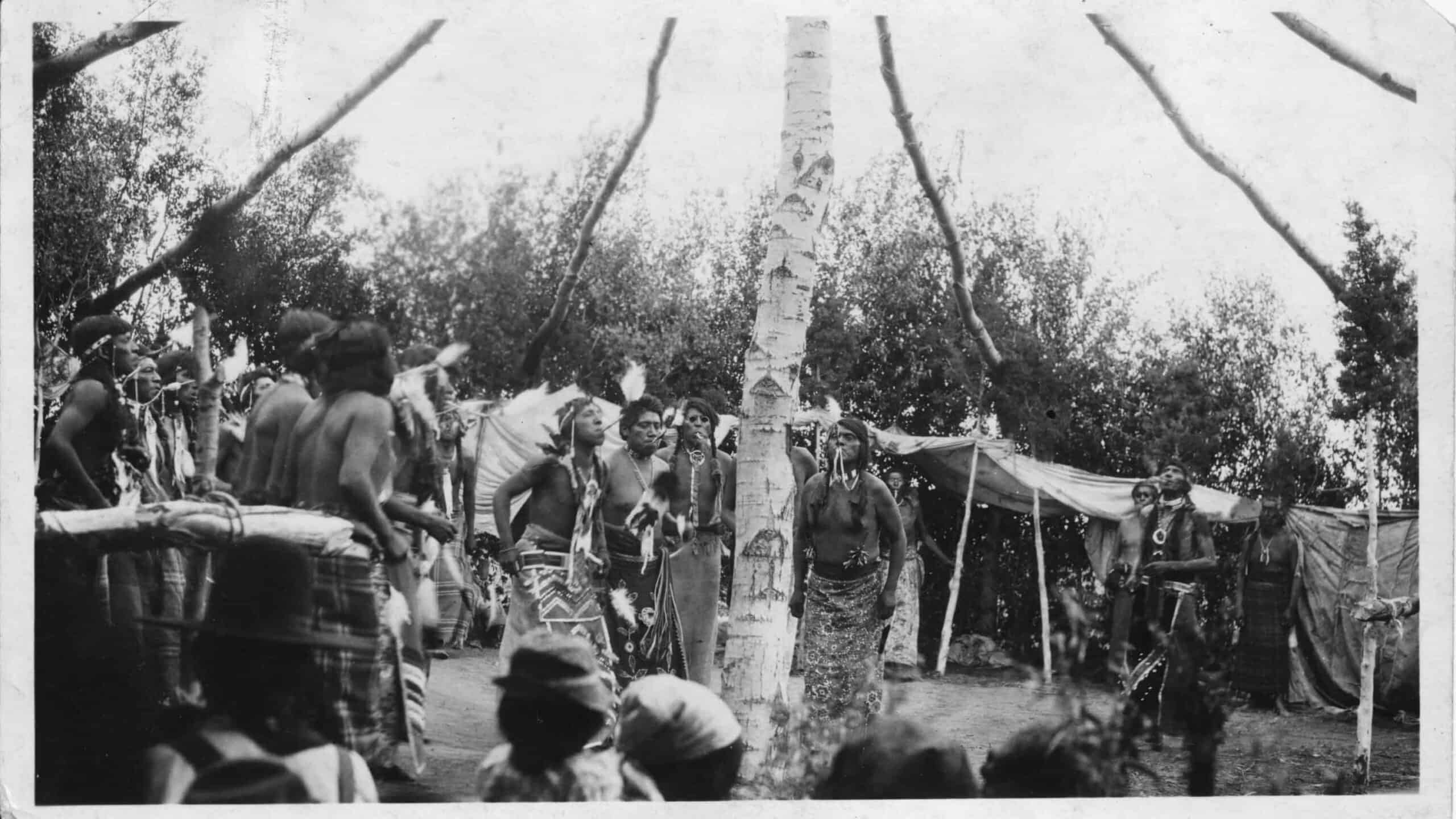
Across Native American traditions, the bison featured prominently in ceremonial practices that marked important life transitions and seasonal changes. The Sun Dance, practiced by tribes including the Lakota, Blackfeet, Cheyenne, and Arapaho, often incorporated bison skulls as sacred altars. During these intensely spiritual multi-day ceremonies, participants might dance while gazing at a bison skull, connecting with the animal’s power and spirit. Buffalo robes covered ceremonial sweat lodges, while specific parts of the animal—like the tongue, heart, or hump—were consumed in ritual contexts. The Mandan Buffalo Calling Dance and the Blackfoot Buffalo Bull Society maintained specialized knowledge about bison ceremonies. These ritual practices weren’t merely symbolic but were understood to maintain cosmic balance and ensure the continued relationship between humans and bison, reinforcing both ecological and spiritual harmony.
The White Buffalo: Sacred Manifestation
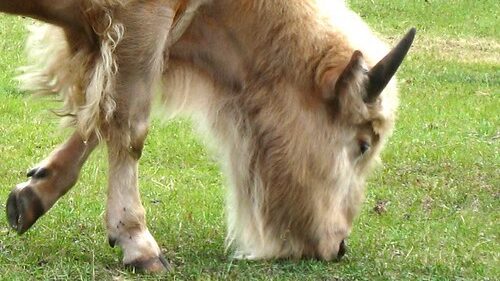
The white buffalo holds exceptional significance across numerous Plains tribes, representing a manifestation of extraordinary spiritual power. The birth of a white buffalo calf—occurring in roughly one out of every 10 million births—is considered a profound sign of hope, transformation, and spiritual renewal. The Lakota tradition connects white buffalo calves directly to White Buffalo Calf Woman, their appearance signaling her promised return and the fulfillment of prophecies about restoring harmony and balance to the world. When white buffalo calves are born today, many Native communities still conduct ceremonies to honor these rare animals. Contemporary white buffalo births, like that of “Miracle” in Wisconsin in 1994, have drawn thousands of Native pilgrims who bring prayers and offerings, demonstrating how this powerful spiritual symbol continues to resonate in modern times despite centuries of cultural disruption.
Bison in Indigenous Art and Material Culture

The spiritual significance of bison permeated Native American artistic expression, appearing prominently in diverse art forms that communicated sacred knowledge. Pictographic paintings on buffalo hides recorded tribal histories and cosmic events, while buffalo motifs adorned ceremonial clothing, shields, and containers. Buffalo horn headdresses worn in sacred dances channeled the animal’s power, and intricate beadwork featuring buffalo imagery adorned everything from moccasins to ceremonial regalia. The buffalo skull specifically emerged as a potent spiritual symbol, often painted with significant designs and incorporated into altars. The Mandan, Hidatsa, and Arikara people created detailed buffalo masks for ceremonial dances that invoked the animal’s presence. These artistic representations weren’t merely decorative but served as material anchors for spiritual concepts, allowing individuals to physically interact with and honor the bison’s sacred essence through visual and tactile means.
Buffalo Societies and Spiritual Leadership
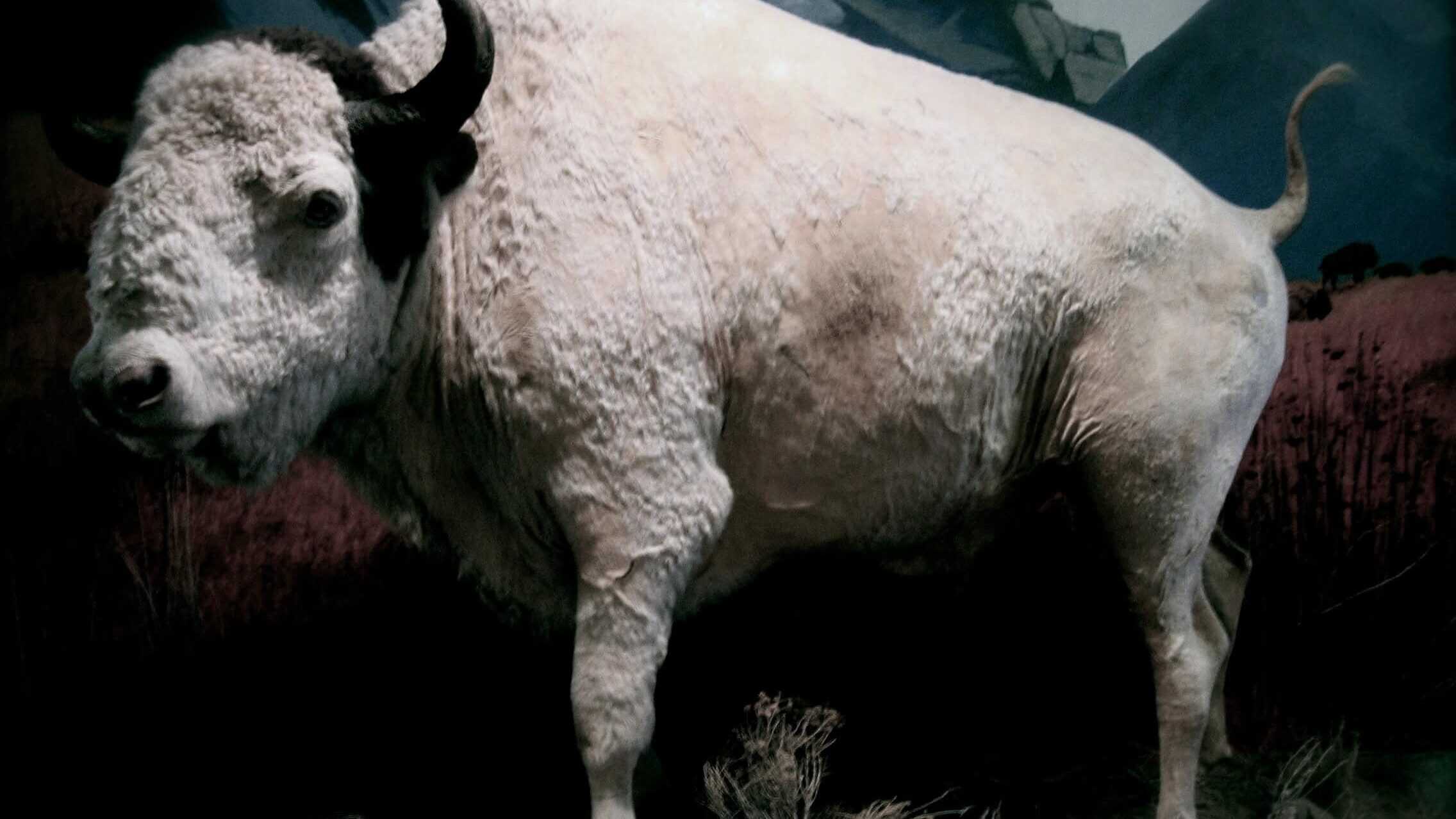
Specialized ceremonial groups dedicated to maintaining sacred knowledge about bison existed across numerous Plains tribes. The Blackfoot Buffalo Bull Society, the Lakota Buffalo Dreamers, and similar organizations held specific responsibilities for conducting buffalo-calling ceremonies and preserving associated songs, dances, and prayers. Membership often came through dreams or visions where individuals received spiritual messages from bison. These societies maintained precise protocols for rituals intended to show respect to bison spirits and ensure hunting success. Spiritual leaders with buffalo medicine—specialized healing knowledge believed to come directly from the buffalo—held esteemed positions within tribal communities. These complex social organizations institutionalized bison-centered spiritual knowledge, ensuring its transmission across generations and maintaining the vital spiritual infrastructure that connected human communities to bison nations through proper ceremonial channels.
The Spiritual Ecology of Bison

Native American spiritual traditions recognized profound ecological connections between bison, humans, and the landscape that reflected sophisticated environmental understanding. Bison were seen as integral to the health of prairie ecosystems—their grazing patterns stimulated plant growth, their wallowing created micro-habitats for diverse species, and their bodies nourished soil and scavengers. This ecological role was encoded in spiritual teachings that portrayed bison as land-keepers with divine responsibilities. Many tribes practiced selective and sustainable hunting governed by ceremonial protocols that prevented overharvesting, with spiritual consequences for wasteful practices. The intertwined spiritual and ecological relationship created what scholars now term “spiritual ecology”—a worldview where environmental stewardship was inseparable from spiritual obligation. This perspective offered a holistic approach to conservation that recognized the sacred dimensions of ecological relationships long before Western science developed similar understandings about keystone species and ecosystem management.
Buffalo Medicine and Healing Practices
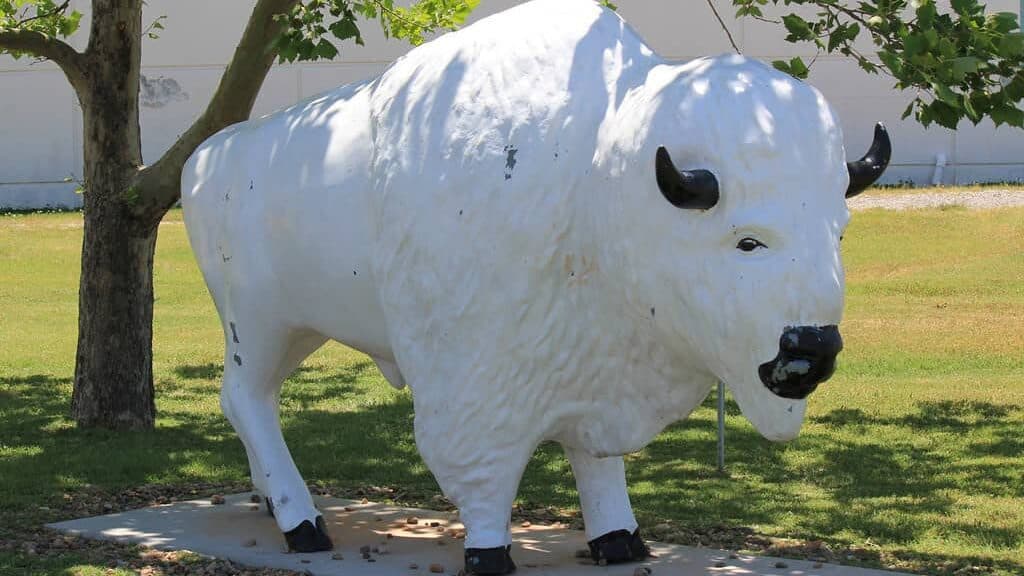
Across Native American healing traditions, the bison provided powerful medicine for physical, emotional, and spiritual ailments. Buffalo fat mixed with specific herbs created salves for wounds and skin conditions, while parts like the gallbladder yielded compounds used in treating fever and internal illnesses. Beyond physical remedies, “buffalo medicine” referred to spiritual healing power channeled through ritual practitioners who had received healing knowledge directly from bison in dreams or visions. Those blessed with buffalo medicine could conduct specialized healing ceremonies using buffalo parts like horns, skulls, or hides as conduits for spiritual power. Buffalo robes wrapped around the sick provided both physical warmth and spiritual protection. The Lakota concept of “buffalo medicine” encompassed strength, endurance, and abundance—qualities the animal embodied and could impart to humans through proper ceremonial engagement, creating a therapeutic approach that addressed holistic wellbeing rather than isolated symptoms.
Bison and Gender in Spiritual Practice
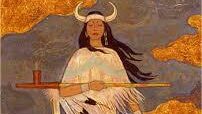
The spiritual relationship with bison revealed nuanced gender dimensions across Native American traditions. In many Plains cultures, while men typically hunted buffalo, women performed essential ceremonial roles in processing the animals and conducting rituals with their remains. The female bison, particularly, held associations with fertility, abundance, and life-giving power that resonated with women’s spiritual roles. Among the Lakota, White Buffalo Calf Woman—a female manifestation of buffalo spirit—brought core spiritual teachings, illustrating how feminine buffalo energy carried profound spiritual authority. Some tribes maintained women’s buffalo societies with their own ceremonies and songs. The Buffalo Calf Pipe, one of the most sacred objects in Lakota tradition, represents the feminine creative principle within the universe. These gendered dimensions of buffalo spirituality offered balanced spiritual models that honored both masculine and feminine qualities, reflecting sophisticated understandings of complementary spiritual energies rather than hierarchical gender divisions.
The Spiritual Impact of Bison Decimation
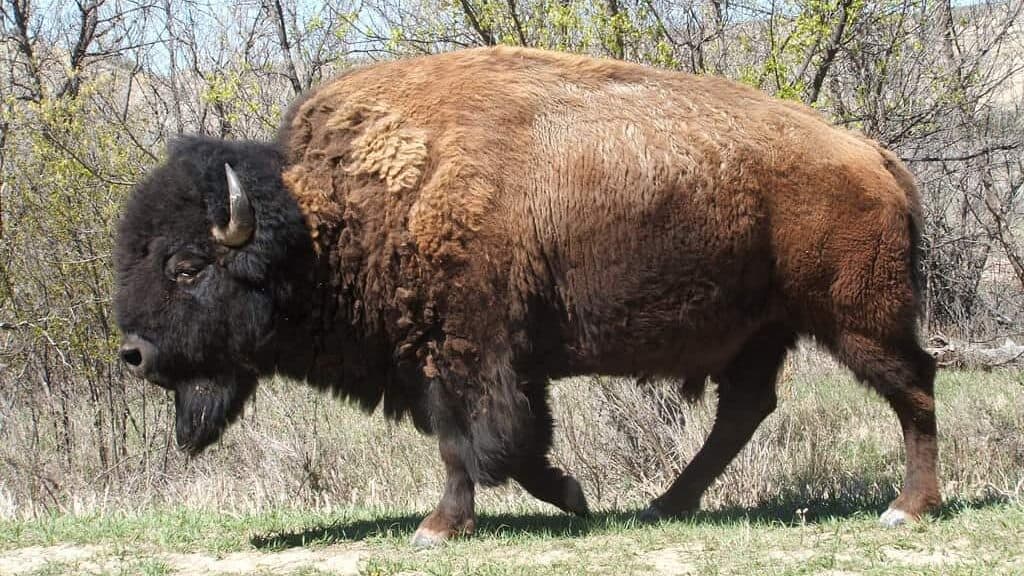
The near-extinction of the American bison in the late 19th century—when populations plummeted from tens of millions to fewer than 1,000 animals—represented not merely ecological catastrophe but profound spiritual trauma for Native communities. This decimation, largely orchestrated through government policy to undermine tribal independence, severed a crucial spiritual relationship that had sustained Indigenous cultures for millennia. Without physical access to bison, ceremonial practices requiring specific buffalo parts became impossible to conduct properly. Elders reported spiritual crises as communities questioned how the sacred covenant with the buffalo had been broken, leading to intense theological reckoning. The buffalo’s disappearance coincided with forced relocation to reservations and bans on religious practices, creating multilayered cultural disruption. This period marked what some Indigenous scholars describe as “spiritual ecology grief”—mourning not just for an animal, but for a sacred relationship that had defined cultural identity and spiritual practice for countless generations.
Contemporary Spiritual Revitalization and Bison Restoration

Today’s bison restoration efforts intertwine ecological conservation with spiritual and cultural revitalization for many Native communities. The InterTribal Buffalo Council, representing over 80 tribes, has helped restore bison to nearly 1 million acres of tribal lands, reconnecting communities with their sacred animal. On the Blackfeet Reservation in Montana, the return of bison has enabled the revival of ceremonies dormant for generations, while the Sicangu Lakota on Rosebud Reservation conduct sacred buffalo harvests that integrate traditional spiritual protocols with contemporary conservation practices. At Yellowstone, where genetically pure bison herds survived, multiple tribes participate in the transfer of surplus animals to tribal lands, often welcoming them with ceremonies that acknowledge their spiritual significance. These restoration efforts represent more than conservation—they constitute spiritual healing, addressing historical trauma through the renewal of sacred relationships. Contemporary Native youth participate in educational programs that integrate scientific bison management with traditional spiritual teachings, ensuring these sacred connections continue into future generations.
The profound spiritual relationship between Native American peoples and the bison represents one of the most significant human-animal spiritual bonds in world religious history. This sacred connection, though severely disrupted by colonization and near-extinction of the buffalo, demonstrates remarkable resilience through ongoing cultural and ecological restoration efforts. Today, as bison numbers gradually recover and tribes reclaim their relationships with these animals, ancient ceremonial knowledge is being revitalized alongside contemporary conservation practices. The bison’s spiritual legacy offers important wisdom for our current environmental challenges, modeling a relationship with nature based on reciprocity, respect, and recognition of the sacred dimensions of ecological relationships rather than exploitation. As we face planetary environmental crises, the Indigenous spiritual traditions surrounding the bison provide powerful alternatives to extractive worldviews—reminding us that our relationship with other species carries not just physical but profound spiritual dimensions.
- Why Florida Is a Hotspot for Invasive Reptiles - August 9, 2025
- 10 Dog Breeds That Are Stronger Than They Look - August 9, 2025
- 15 Signs Your Horse Is Struggling with Extreme Weather - August 9, 2025

